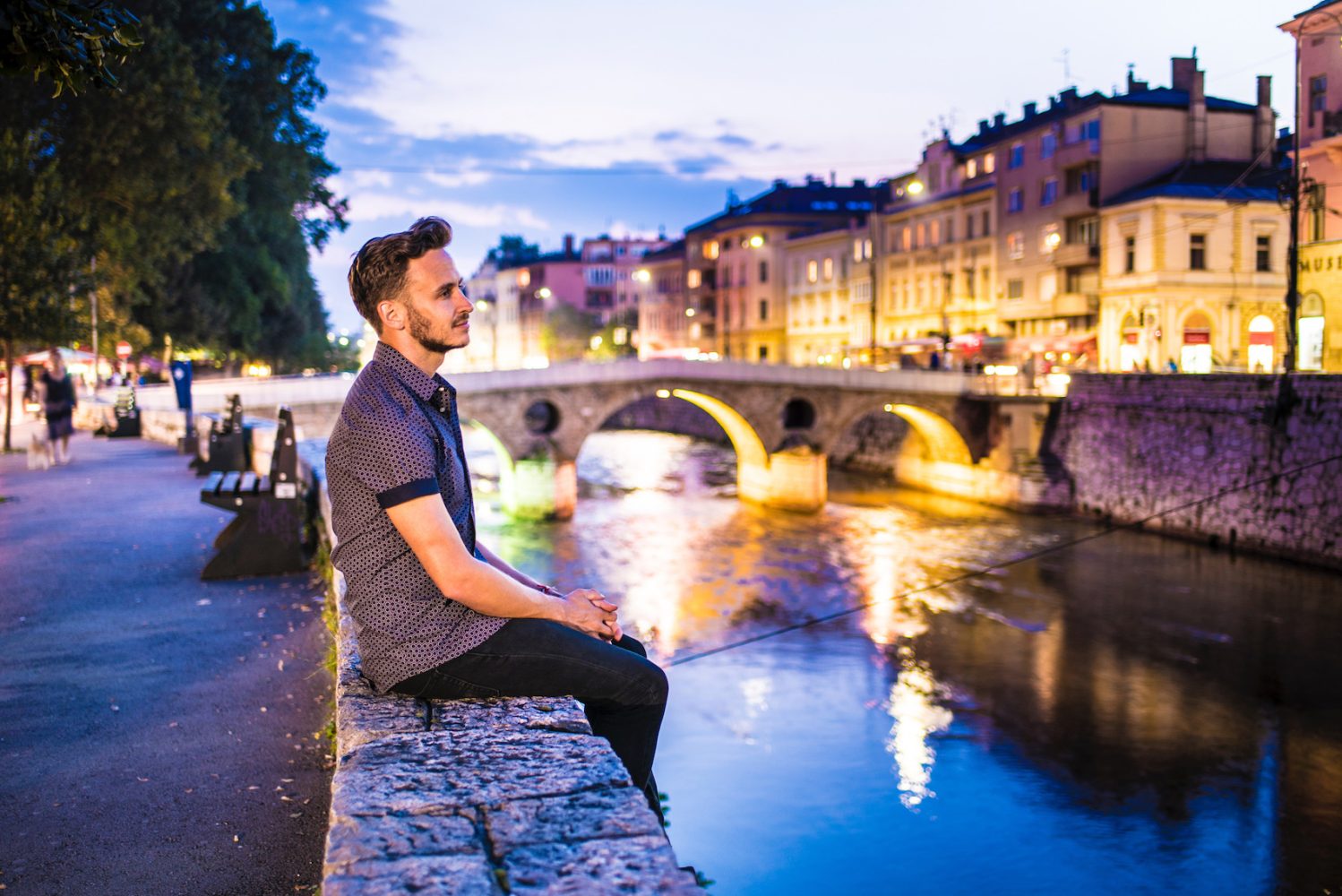I’ve long avoided use of the word “overtourism” as a pejorative. It does correctly diagnose the problem: Too many tourists in a certain place. But it paints what is ultimately a positive experience—people learning and growing through travel—as a negative.
Likewise, people who use the term casually typically prescribe draconian solutions. Some even go so far as to say that tourism as we know it should end. To me, however, any proposal that limits the free movement of people should off the table.
Likewise, I prefer to encourage and inspire, rather than to force of coerce. Skip the tourist traps in Europe—go to these uncrowded spots instead.
The Truth About Overtourism in Europe
I’ll be honest: I love virtually all the European tourist traps you see maligned online. From Paris, to Rome, to London, to Amsterdam, I’ve had great times in all these cities, no matter how crowded it was or how cliché the photos I took were. Ironically, as I get older, I find I like these sorts of cities more: I hated Venice the first time I went in 2012; by 2021, it was one of my favorite places in Italy.
Now, this is not to say that concerns about overcrowding aren’t valid, or that you aren’t right to want to visit cities that don’t feel like an amusement park or history museum. I totally get that normal people—i.e. ones who aren’t traveling with the express purpose of creating content—have different goals than people like me do. That’s why I’m writing an article that presents you with choices, instead of telling you to grin and bare it.
Alternatives to Europe’s Tourist Traps
Naples (instead of Rome)
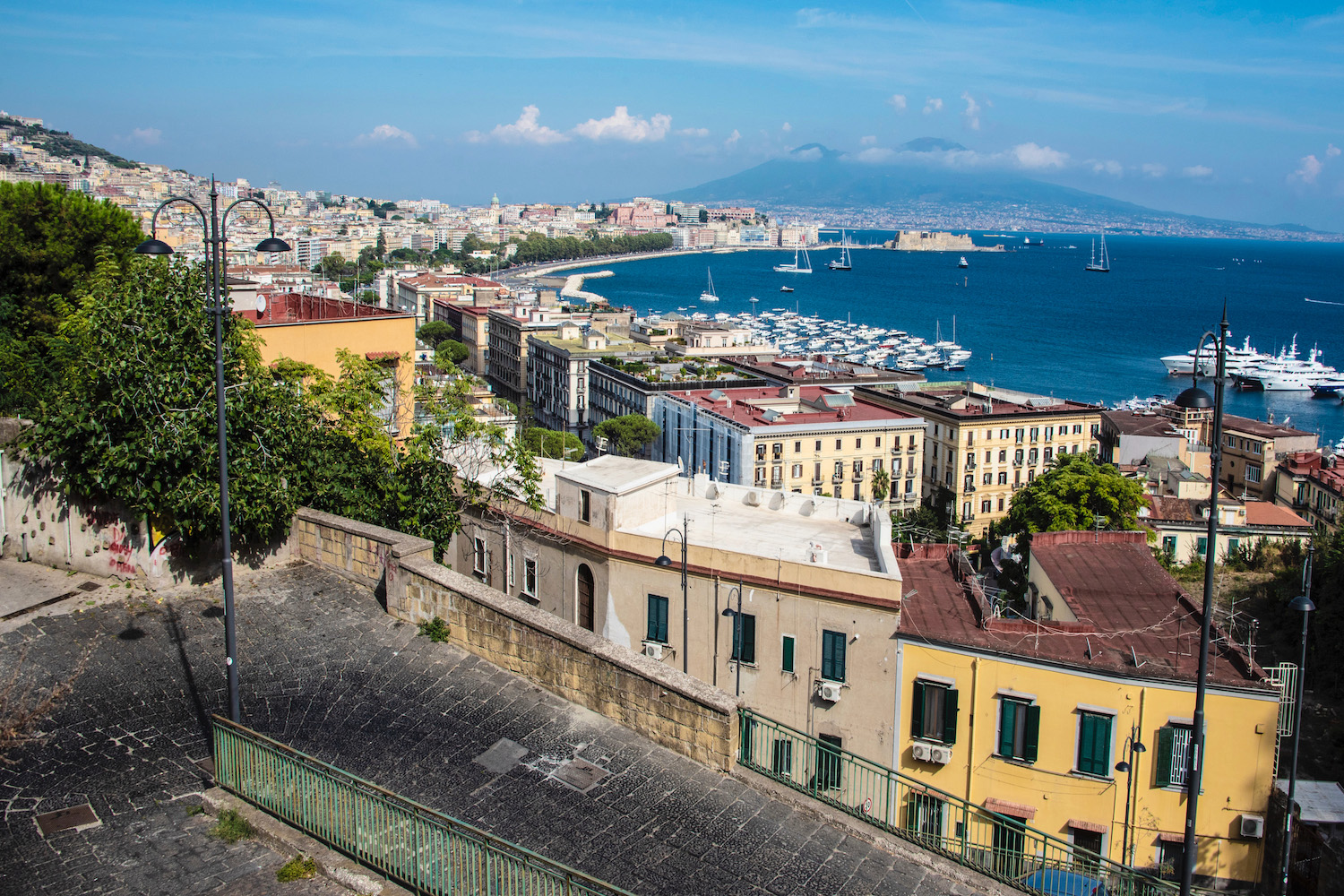
The only reason most travelers head south from Rome is to drive the Amalfi Coast. It’s lovely, but Naples itself is an underrated and misunderstood city. In addition to eating some of the best pizza on the planet, you can take in incredible views of Mt. Vesuvius, and visit unique attractions like creepy Fontanelle Cemetery.
Dublin (instead of London)

Now, before any of your Brits come at me, I get it: Dublin is not London—Ireland isn’t even England! But if you’re looking to experience history, bar culture and so good old northern European gloom, Dublin is a much less crowded place to do this than London. Especially if you use your time there to kick off an Irish road trip!
Dresden (instead of Prague)
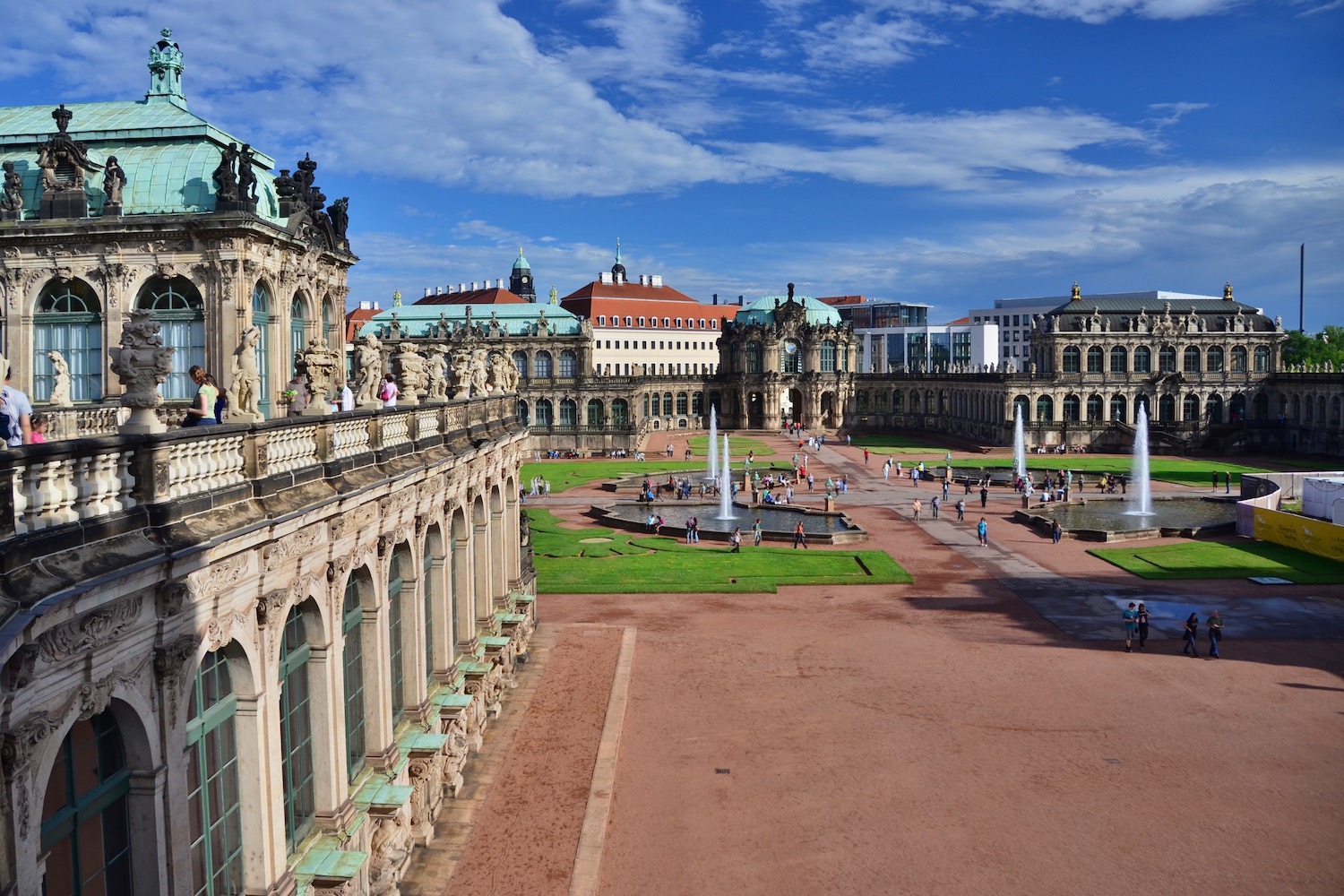
There are ways to get away from crowds in the Czech capital, whether you visit a shooting range in Prague or take day trips to towns like Cesky Krumlov. A better option, however? Aim two hours northwest of the city in Dresden, Germany. Zwinger Palace alone is worth the trip, to say nothing of all the other amazing architecture.
Aveiro (instead of Porto)
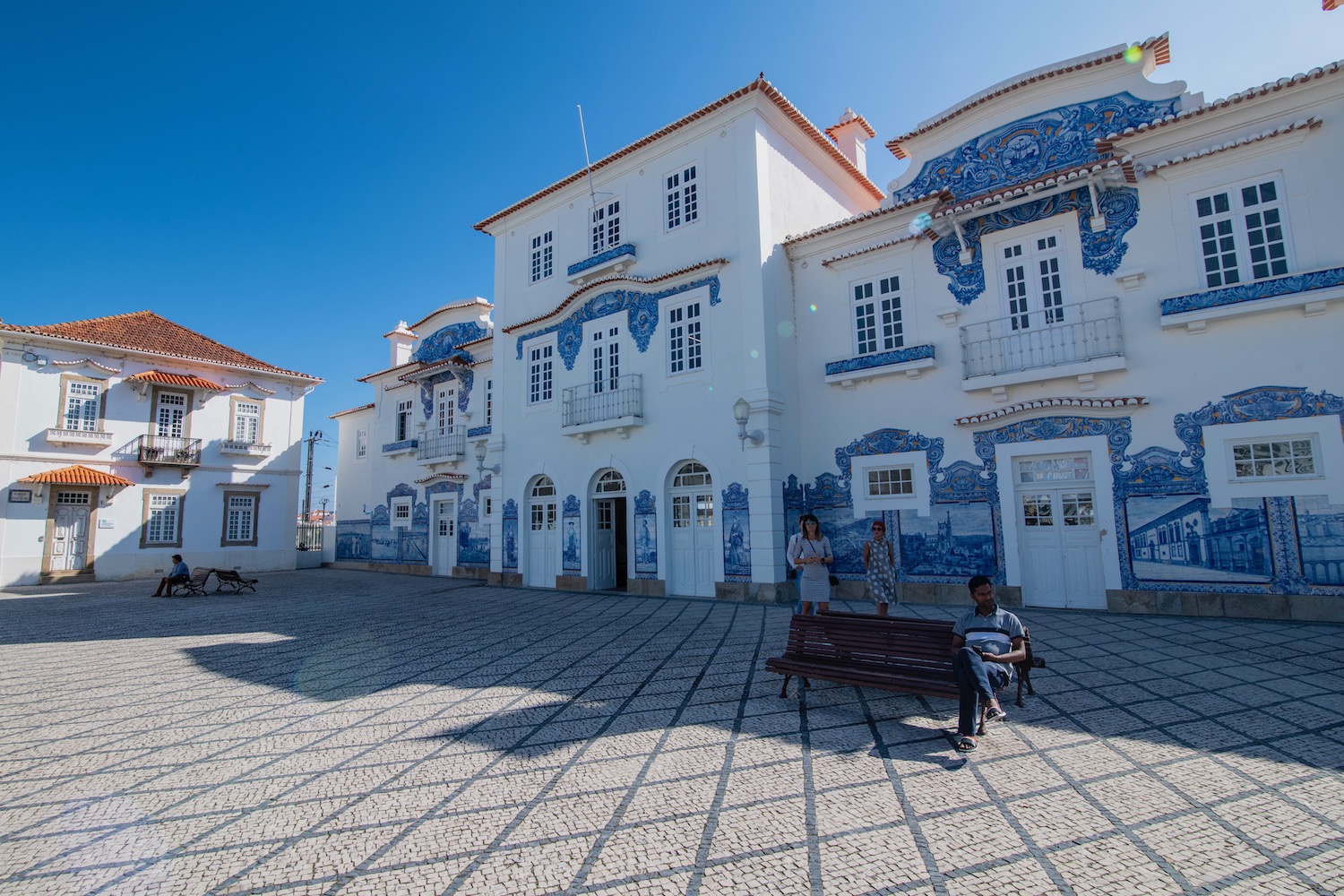
Porti is a city that’s only recently become listed among Europe tourist traps. When I went there for the first time 13 years ago, to be sure, it was relatively empty. If I’m honest, however, I’d recommend visiting Aveiro (a central Portuguese city with as many azulejo tiles as Porto, but a fraction of the crowds) in addition to Porto, not “instead.”
Riga (instead of Stockholm)

It might be a stretch, on the other hand, to call Stockholm any sort of tourist mecca. With this being said, Gamla Stan Old Town can definitely get crowded. Latvia’s capital Riga can, too, but mostly with locals, rather than throngs of international tourists. That’s why I think it’s the perfect alternative.
Sarajevo (instead of Dubrovnik)
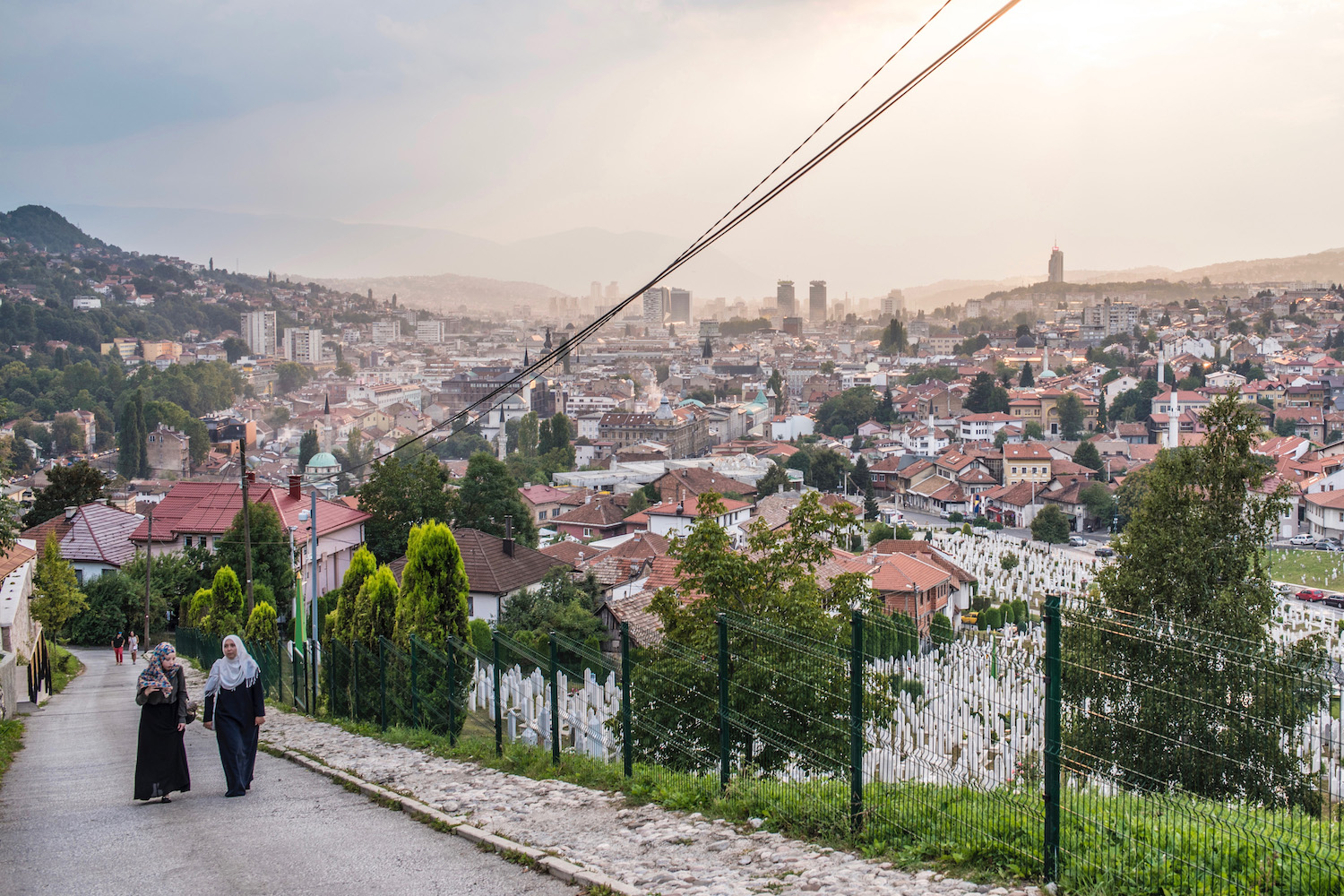
Like many alternatives to tourist traps in Europe, Sarajevo isn’t a direct substitute for Dubrovnik. For one, Bosnia‘s capital is landlocked, while Croatia’s coastal hub is right on the sea. But what Sarajevo lacks in beaches, it more than makes up for with architecture, scenery and history—World War I arguably started here!
Bilbao (instead of San Sebastián)

The foodie hub of the Basque Country, San Sebastián is admittedly one of the less odious tourist traps of Europe. With this being said, I enjoyed myself more in Bilbao, which is paradoxically larger but also less crowded. Fewer tourists, more culture—¡hola, Guggenheim Museum!—and just as many pinxtos. What’s not to love?
How to Avoid Crowds in Europe—Even in Crowded Cities
Would you believe me if I told you that you could go up in the Eiffel Tower without waiting in line, or that you could walk on Las Ramblas in Barcelona without being swallowed up in a sea of pedestrians? Well, these two statement are true. And they represent a reality that’s very easy to achieve: Simply visit your favorite Europe city in an off-peak season: Usually (but not always) winter.
I mean, it’s amazing how quickly European tourist traps clear out when there’s a chill in the air, let alone when the sun isn’t shining or there’s heavy snow. Now, this isn’t practical sometimes, such as if you (or your kids) are only off in the summer, or if you really hate cold, wet weather. On the other hand, if you’re flexible and have an open mind, visiting Europe when most other people aren’t makes the experience considerably more exclusive.
Other FAQ About Europe’s Tourist Traps
Where in Europe is not touristy?
Many regions of Europe aren’t as touristy as the hot spots in the continent’s west, from the Balkan countries in the southeast, to the Baltic States in the north, to much of Eastern Europe outside of Prague and Budapest. Likewise, you can often find quieter cities just outside of major hubs—by going to Naples instead of Rome, as just one example.
Where not to go on holiday in Europe?
I would argue that there is no “bad” place to go on holiday in Europe. Even if you arrive to Paris with hordes of other tourists, or Rome when it’s scorching hot and extremely expensive, the experience of being in Europe is priceless and exhilarating. On the other hand, you can minimize the impact of what they can “overtourism” on your trip by taking simple steps, such as visiting popular cities during off-peak periods.
Which European country has the most American tourists?
Not surprisingly, tourism hot spots like Italy, France and the UK have the most American tourists. In recent years, however, American tourists have branched out into other European countries, from mainstream ones like Spain and Portugal, to off-the-beaten-path destinations like Malta, Lithuania, Poland and Bulgaria.
The Bottom Line
You may well end up visiting certain tourist traps in Europe—who am I to judge you for that? However, if you sprinkle in some of these uncrowded alternatives, your trip will feel more special and less stressful. These are not one-for-one substitutions: Dublin doesn’t replace London, or even directly compare to it. The reality, of course, is that many travelers don’t want to see a certain sight or eat a certain food; they just want to place themselves in a context where they can connect with friends and family, have an epiphany or just unwind from the day-to-day. Want personalized help planning your trip to Europe? Consider hiring me as your Travel Coach!



